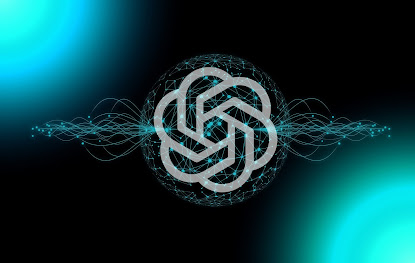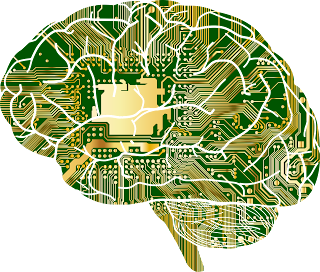"GPT-4: Advancing the Future of Natural Language Processing with More Powerful AI Language Models"
GPT-4: The Future of AI Language Models
Artificial intelligence (AI) has been advancing rapidly in recent years, and one area that has seen significant progress is natural language processing (NLP). One of the most significant breakthroughs in this field has been the development of the GPT (Generative Pre-trained Transformer) series by OpenAI. The GPT models have revolutionized the way we interact with language, and now, there is talk about the release of the fourth iteration of the GPT model - GPT-4. In this blog post, we'll explore what GPT-4 is, how it works, and what its implications are for the future of AI and language processing.
What is GPT-4?
GPT-4 is the upcoming fourth iteration of the GPT model, which is expected to be more advanced and powerful than its predecessors. The GPT models are neural network-based language models that can process and generate natural language text. They are pre-trained on large datasets of text and can then be fine-tuned for specific tasks, such as language translation or sentiment analysis.
How does GPT-4 work?
Like the previous versions, GPT-4 will be based on the transformer architecture, which is a type of neural network that allows for parallel processing of input data. GPT-4 is expected to have a significantly larger number of parameters than the previous GPT models, which will enable it to process more extensive and more complex datasets. This increase in parameters is expected to enhance the model's ability to understand and generate natural language.
What are the implications of GPT-4?
The implications of GPT-4 are vast and far-reaching. One of the most significant implications is that it will further advance the capabilities of AI in natural language processing. GPT-4 could be used for a wide range of applications, such as chatbots, virtual assistants, and language translation tools. It could also be used to generate more advanced and sophisticated content, such as news articles, social media posts, and even books.
Another potential implication of GPT-4 is that it could make AI more accessible and user-friendly. With its ability to generate natural language, GPT-4 could be used to create more intuitive and user-friendly interfaces for various applications.
However, the release of GPT-4 also raises concerns about the potential misuse of the technology. There are worries that GPT-4 could be used to generate fake news, propaganda, and other types of harmful content. Therefore, it's essential to consider the ethical implications of GPT-4 and to ensure that it is used responsibly.
In conclusion, GPT-4 is an exciting development in the field of natural language processing and AI. Its potential to generate sophisticated and natural language has many implications for a range of applications. However, we must also be mindful of the ethical implications and use GPT-4 responsibly.











Comments
Post a Comment